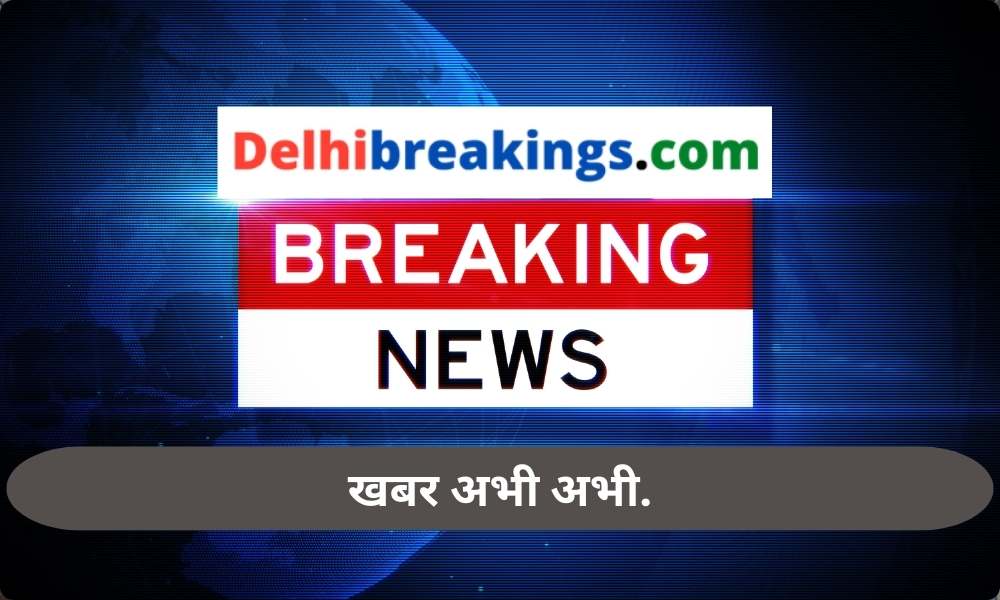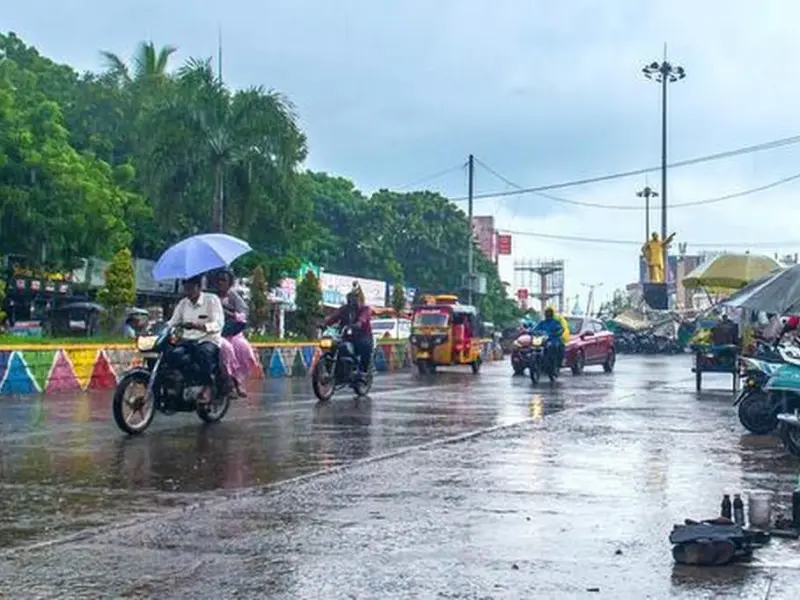The sub-committee of the Commission for Air Quality Management (CAQM) has lifted the implementation of Phase-III of the Graded Response Action Plan (GRAP) in Delhi-NCR. This decision follows the improvement in air quality in the region, leading to the removal of certain restrictions that were in place.
Lifting of Restrictions Under GRAP Phase-III
Previously, under GRAP Phase-III, there were stringent restrictions on non-essential construction activities and the operation of BS III petrol and BS IV diesel four-wheeler vehicles. However, these bans have now been revoked due to the improved air quality.
Background of the GRAP Implementation
The GRAP Phase-III was initiated following a severe deterioration in air quality, where Delhi-NCR witnessed a substantial drop in the Air Quality Index (AQI). An emergency meeting was called by the sub-committee of CAQM to address this issue, leading to the implementation of an eight-point action plan according to the provisions of GRAP Phase-III.
Current Air Quality Status in Delhi
As of last Thursday, Delhi recorded an AQI of 368 at 9 AM, categorizing it as ‘very poor’. The AQI scale classifies 0-50 as ‘good’, 51-100 as ‘satisfactory’, 101-200 as ‘moderate’, 201-300 as ‘poor’, 301-400 as ‘very poor’, and 401-500 as ‘severe’.
Key Highlights:
- Revocation of GRAP Phase-III: Easing of restrictions on construction and vehicle operation in Delhi-NCR.
- Response to Improved Air Quality: The decision taken in light of better air quality conditions.
- Initial Implementation: GRAP Phase-III was enforced due to a sudden decline in air quality.
- AQI Status: Delhi’s AQI was recorded at 368, falling in the ‘very poor’ category.
The lifting of restrictions under GRAP Phase-III marks a significant change in the region’s approach to managing air quality. While it brings relief in terms of eased regulations, it also underscores the need for continuous monitoring and effective measures to maintain and improve air quality in Delhi-NCR.





